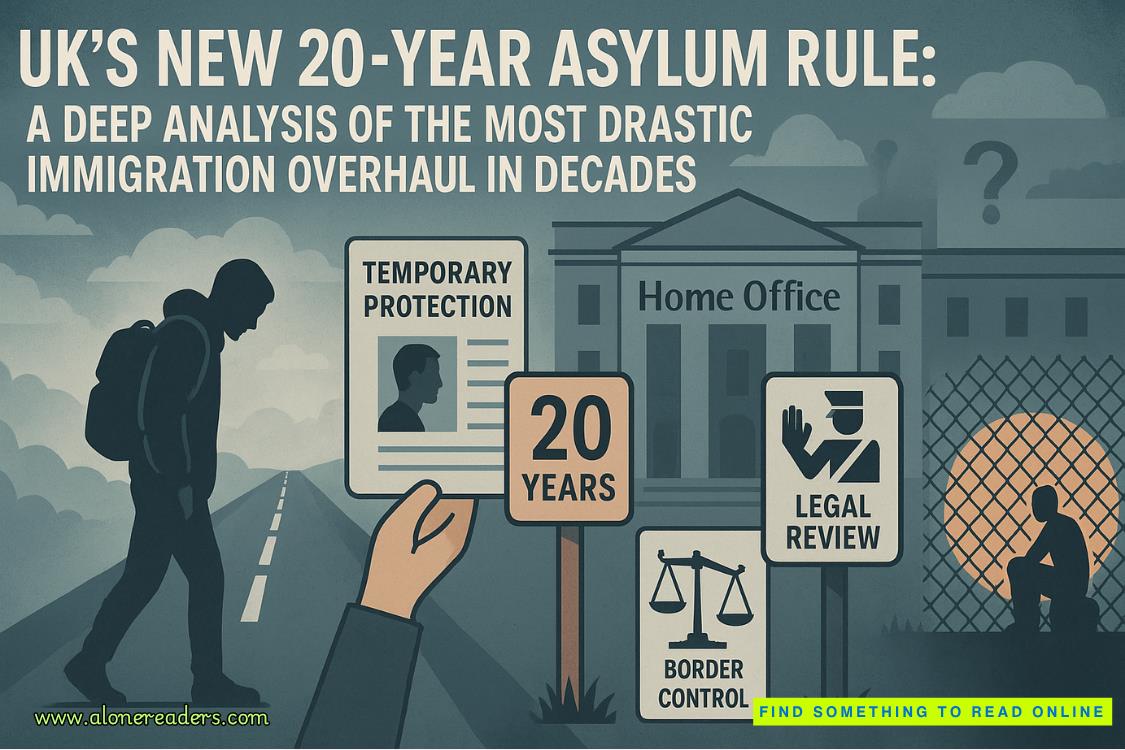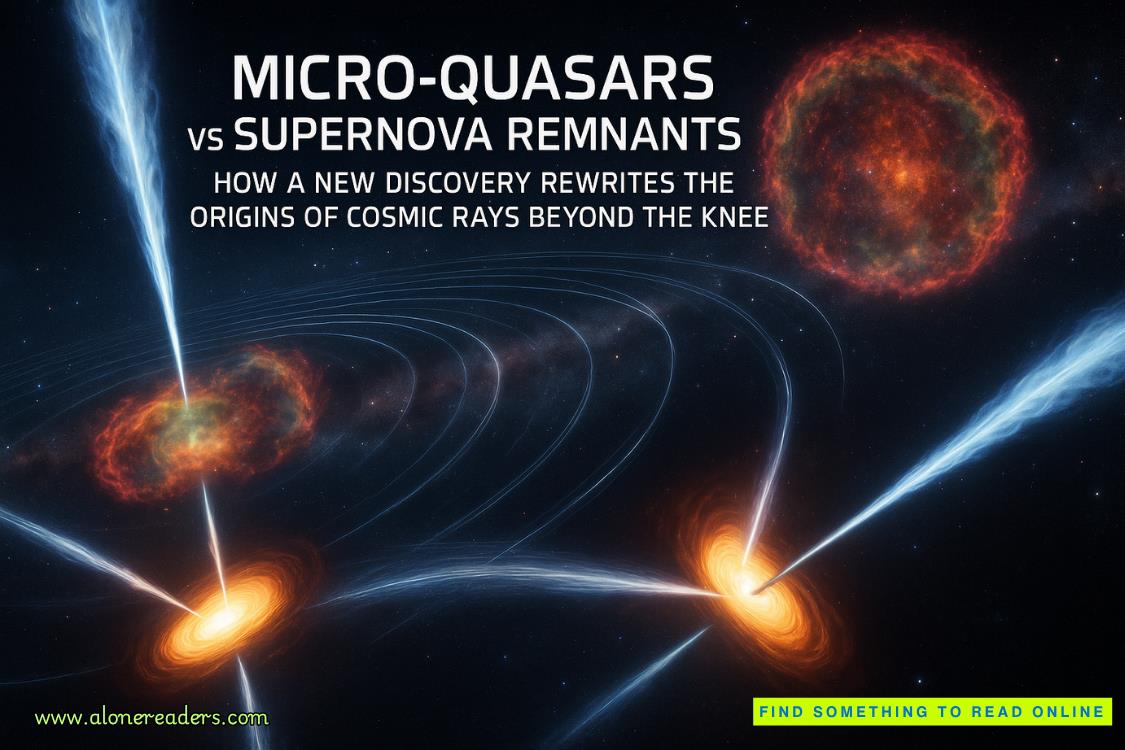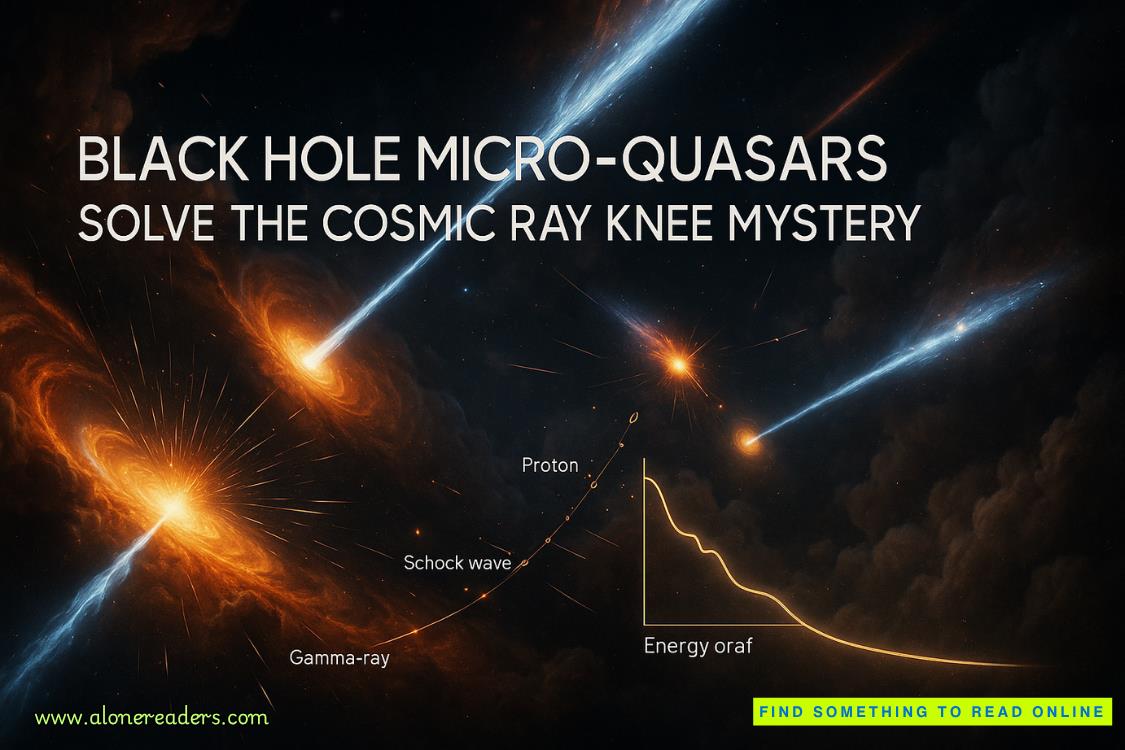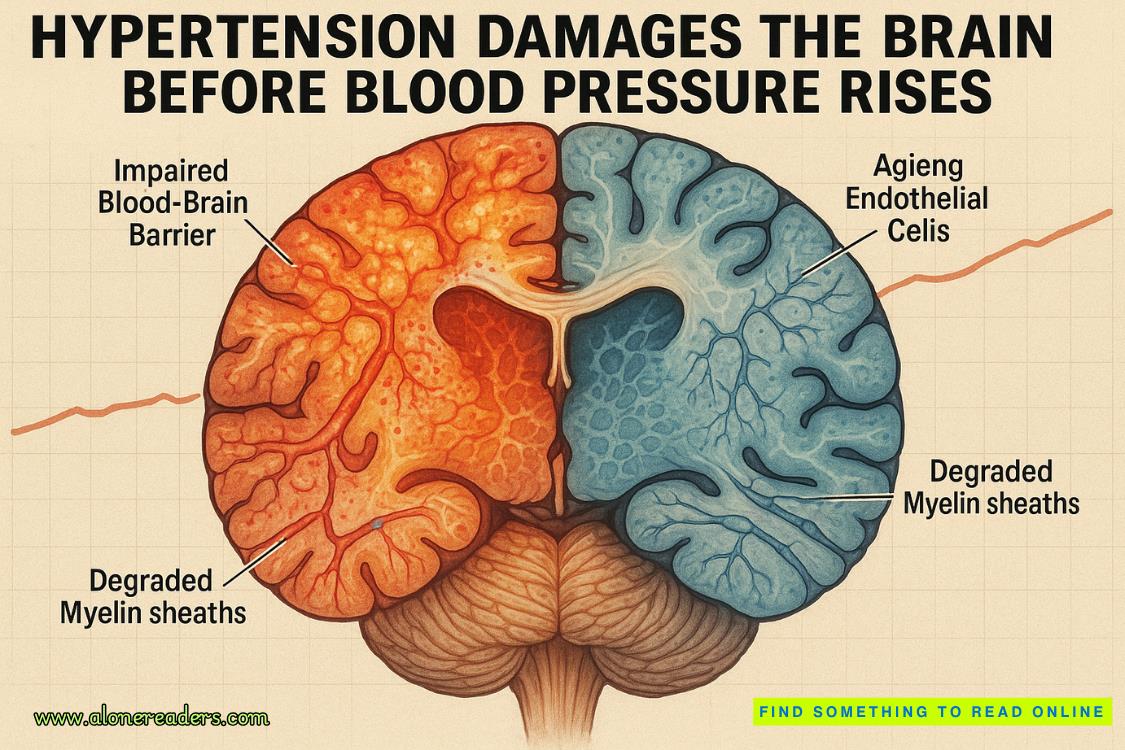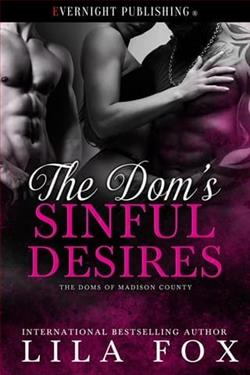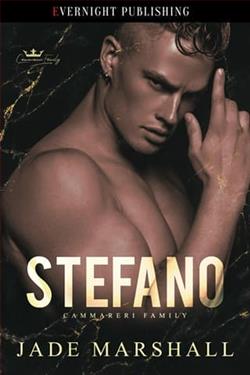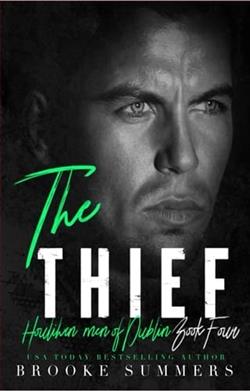Page 54 of Troubled Blood
“Well, I’ve made some progress,” said Strike, swallowing the last mouthful of his roll and pulling out his notebook. “You can get a surprising amount of work done, sitting around in a hospital. I’ve found four living witnesses, and one of them’s already agreed to talk: Gregory Talbot, son of Bill who went off his rocker and drew pentagrams all over the case file. I explained who I am and who hired me, and Gregory’s quite amenable to a chat. I’m going over there on Saturday, if you want to come.”
“I can’t,” said Robin, disappointed. “Morris and Andy have both got family stuff on. Barclay and I have got to cover the weekend.”
“Ah,” said Strike, “shame. Well, I’ve also found two of the women who worked with Margot at the practice,” said Strike, turning a page in his notebook. “The nurse, Janice, is still going by her first married name, which helped. The address Gupta gave me was an old one, but I traced her from there. She’s now in Nightingale Grove—”
“Very appropriate,” said Robin.
“—in Hither Green. And Irene Bull’s now Mrs. Irene Hickson, widow of a man who ran a successful building contractor’s. She’s living in Circus Street, Greenwich.”
“Have you phoned them?”
“I decided to write first,” said Strike. “Older women, both living alone—I’ve set out who we are and who’s hired us, so they’ve got time to check us out, make sure we’re kosher, maybe check with Anna.”
“Good thinking,” said Robin.
“And I’m going to do the same with Oonagh Kennedy, the woman waiting for Margot in the pub that night, once I’m sure I’ve got the right one. Anna said she was in Wolverhampton, but the woman I’ve found is in Alnwick. She’s the right age, but she’s a retired vicar.”
Robin grinned at Strike’s expression, which was a mixture of suspicion and distaste.
“What’s wrong with vicars?”
“Nothing,” he said, adding a moment later, “much. Depends on the vicar. But Oonagh was a Bunny Girl back in the sixties. She was standing beside Margot in one of the pictures the press used, named in one of the captions. Don’t you think the transition from Bunny Girl to vicar is fairly unlikely?”
“Interesting life trajectory,” Robin admitted, “but you’re speaking to a temporary secretary who became a full-time detective. And speaking of Oonagh,” she added, drawing her copy of The Demon of Paradise Park out of her handbag and opening it. “I wanted to show you something. There,” she said, holding it out to him. “Read the bit I’ve marked with pencil.”
“I’ve already read the whole book,” said Strike. “Which bit—?”
“Please,” Robin insisted, “just read where I’ve marked.”
Strike wiped his hand on a paper napkin, took the book from Robin and read the paragraphs next to which she had made a thick pencil line.
Shortly before her disappearance, Margot Bamborough booked herself into the Bride Street Nursing Home in Islington, a private facility which in 1974 provided discreet abortions.
The Bride Street Nursing Home closed its doors in 1978 and no records exist to show whether Bamborough had the procedure. However, the possibility that she allowed a friend to use her name is mooted by the author of Whatever Happened to Margot Bamborough?, who notes that the Irish woman and fellow Bunny Girl Bamborough was supposedly meeting in the pub that night might have had good reason for maintaining the pub story, even after Bamborough’s death.
Bride Street Nursing Home lay a mere eight minutes’ walk from Dennis Creed’s basement flat on Liverpool Road. The possibility remains, therefore, that Margot Bamborough never intended to go to the pub that night, that she told the lie to protect herself, or another woman, and that she may have been abducted, not from a street in Clerkenwell, but a short distance from Creed’s house near Paradise Park.
“What the—?” began Strike, looking thunderstruck. “My copy hasn’t got this bit. You’ve got an extra three paragraphs!”
“I thought you hadn’t read it,” said Robin, sounding satisfied. “Yours can’t be a first edition. Mine is. Look here,” she said, flicking to a place at the back of the book, while Strike still held it. “See there, the endnote? ‘Whatever Happened to Margot Bamborough? by C. B. Oakden, published 1985.’ Except it wasn’t published,” said Robin. “It was pulped. The author of this,” she said, tapping The Demon of Paradise Park, “must’ve got hold of an advance copy. I’ve been digging,” Robin went on. “All this happened pre-internet, obviously, but I found a couple of mentions of it online, in legal articles about suing for libel to stop publication.
“Basically, Roy Phipps and Oonagh Kennedy brought a joint action against C. B. Oakden and won. Oakden’s book was pulped and there was a hasty reprint of The Demon of Paradise Park, without the offending passage.”
“C. B. Oakden?” repeated Strike. “Is he—?”
“Dorothy-the-practice-secretary’s son. Exactly. Full name: Carl Brice Oakden. The last address I’ve got for him was in Walthamstow, but he’s moved and I haven’t managed to track him down yet.”
Strike re-read the paragraphs relating to the abortion clinic, then said,
“Well, if Phipps and Kennedy succeeded in suing to stop publication, they must have convinced a judge that this was partly or completely false.”
“Horrible thing to lie about, isn’t it?” said Robin. “Bad enough if he was saying Margot had the abortion, but hinting that Oonagh had it, and was covering up where Margot was that night—”
“I’m surprised he got it past lawyers,” said Strike.
“Oakden’s publisher was a small press,” said Robin. “I looked them up, too. They went out of business not long after he had his book pulped. Maybe they didn’t bother with lawyers.”
“More fool them,” said Strike, “but unless they had some kind of death wish, this can’t have been entirely invented. He must’ve had something to base it on. And this bloke,” he held up The Demon of Paradise Park, “was a proper investigative journalist. He wouldn’t have theorized without seeing some proof.”
